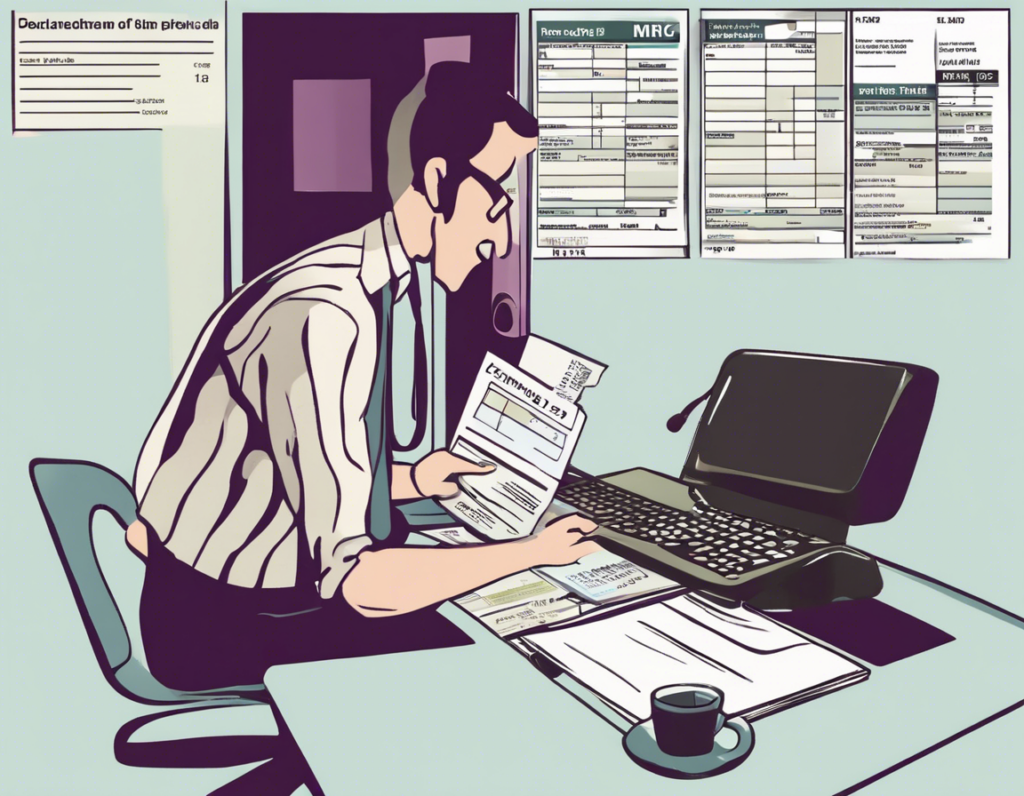
It’s that time of the month again when you receive your payslip, and your eyes quickly scan through the numbers to ensure everything adds up. Amidst the various deductions and additions, one vital piece of information that often grabs your attention is your tax code. For many individuals, deciphering this string of numbers and letters can feel like cracking a complex code.
Your HMRC payslip tax code is crucial as it determines the amount of tax you pay each month and plays a significant role in ensuring you are taxed correctly. Understanding how your tax code is calculated, what it represents, and how it may impact your take-home pay is essential for every working individual. In this comprehensive guide, we delve into the intricacies of HMRC payslip tax codes and provide you with the knowledge to navigate through this vital piece of information.
Your tax code is issued by HM Revenue and Customs (HMRC) and is used by your employer to calculate how much income tax should be deducted from your pay. The tax code consists of numbers and letters and is unique to each individual. Understanding how your tax code is calculated can provide insights into why it may change from year to year.
The key element in determining your tax code is your Personal Allowance. This is the amount of income you can earn in a tax year before you start paying tax. For the 2021/2022 tax year, the standard Personal Allowance is £12,570.
Your tax code may include various allowances and deductions that impact your taxable income. These can range from marriage allowance to blind person’s allowance, each designed to reduce your overall tax liability.
If you receive employment benefits such as a company car or health insurance, these are also factored into your tax code as they impact your taxable income.
Income from additional sources like pensions, savings, or investments can also influence your tax code, ensuring that all your income is correctly taxed.
Your tax code is typically a string of numbers and letters, such as 1257L. Here’s a breakdown of what each component signifies:
Understanding the numerical and alphabetical components of your tax code can give you insights into how it is structured and why it may have a specific value.
Your tax code directly impacts the amount of income tax deducted from your pay each month. A higher tax code means you are entitled to a larger tax-free allowance, resulting in less tax being deducted from your income. Conversely, a lower tax code means a reduced tax-free allowance and higher tax deductions.
It is essential to ensure your tax code is correct to avoid overpaying or underpaying tax. Mistakes in your tax code can lead to unexpected tax bills or refunds, affecting your financial planning.
Your tax code may be adjusted throughout the year for various reasons, such as:
Regularly checking your tax code can help you identify any discrepancies and ensure you are being taxed correctly based on your financial circumstances.
If you believe your tax code is incorrect, you should contact HMRC to inform them of the issue. They will review your tax code and make any necessary adjustments to ensure you are paying the correct amount of tax.
Yes, you can check your tax code online through the HMRC website using your personal tax account. This allows you to view your current tax code, see any changes made, and understand how it is calculated.
Changing jobs can lead to a change in your tax code, especially if there is a difference in income or employment benefits between your previous and current roles. Your new employer will use the information provided to adjust your tax code accordingly.
If your tax code includes the letters ‘BR’, it means that all your income is taxed at the basic rate. This may be applied if you have multiple jobs or income sources and have used up your tax-free allowance.
Your tax code can be adjusted multiple times throughout the tax year as changes occur in your financial situation. It is important to review your tax code regularly to ensure it reflects your current circumstances accurately.
Understanding your HMRC payslip tax code is essential for managing your finances and ensuring you are paying the correct amount of tax. By decoding the numbers and letters on your tax code, staying informed about common adjustments, and monitoring any changes, you can effectively navigate this crucial aspect of your payslip.